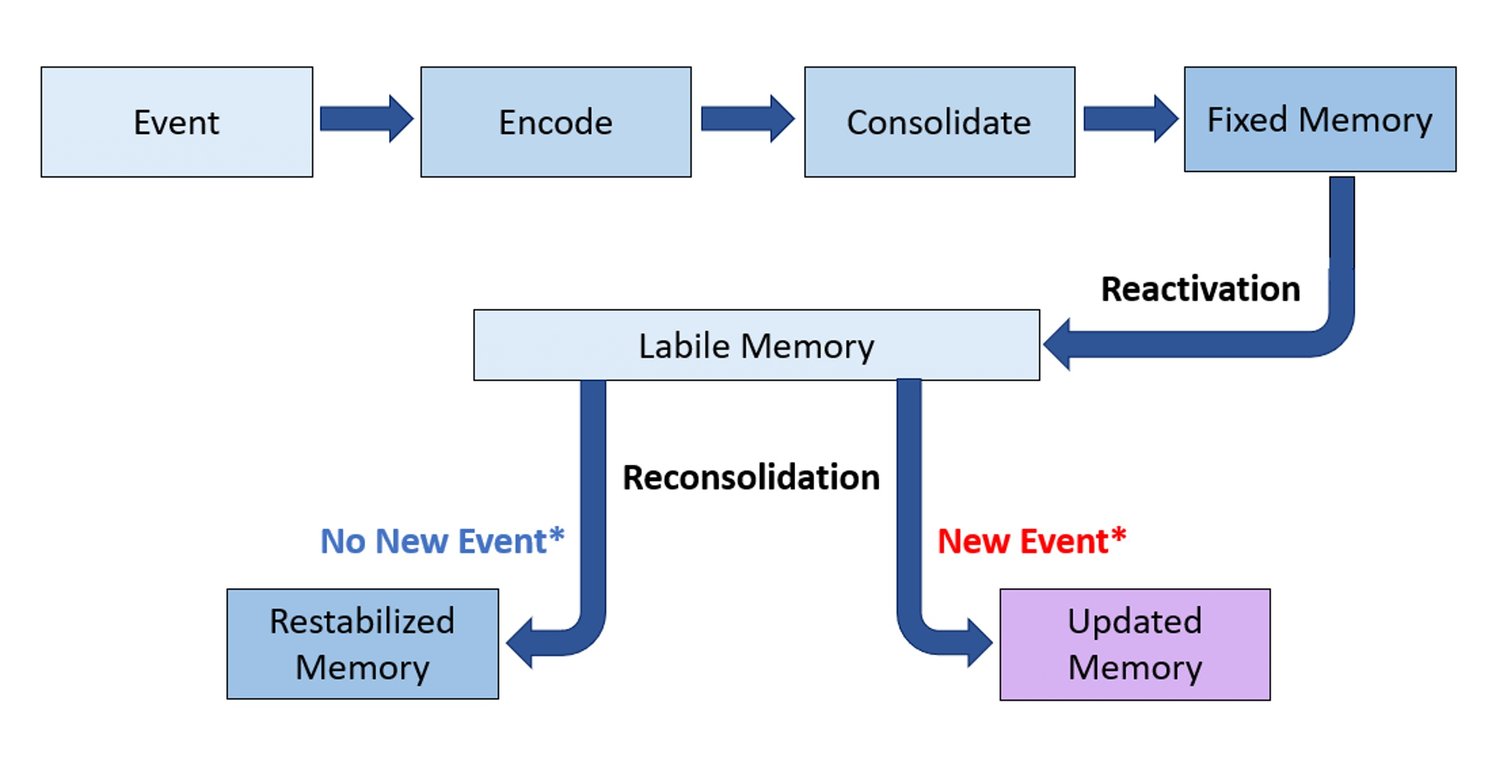In the first two blogs in this series, we focused on beginner and intermediate stages of learning in becoming a competent Emotion Focused Therapist. Here, we’ll tackle the learning goals at a more advanced level. For me, this level is all about understanding and being able to articulate the human change process underpinning EFT, moving towards being able to be creative and flexible in coming up with new and EFT-consistent ways of working based on your in-depth understanding of how change opportunities are created and maximized with and for your clients.
At this level of learning, it’s important to come back to basics and integrate an understanding of what we think is happening in the brain to facilitate change in psychotherapy and how this relates to the practice of Emotion Focused Therapy.
What Changes are We Actually Facilitating in Psychotherapy?
I’ve written in the past about my general understanding of how psychotherapy works. Here, I’ll expand on ways that change in psychotherapy is framed by researchers and trainers who are grounded in Emotion Focused Therapy. We will explore:
- Why neuroplasticity matters.
- How memory works and what it means for experiential change in psychotherapy.
Why Neuroplasticity Matters
At its foundation, therapy is about learning which involves creating and modifying memories. To do this, we need to facilitate literal changes in our clients’ brains. If you remember back to basic cognitive science or neuropsych classes, you may recall “Hebb’s Rule,” that “neurons that fire together wire together.” Psychologist Francis Stevens (2022) gives us a helpful metaphor through which to imagine this process. Imagine a three-dimensional spider-web of interconnecting threads and nodes. Each thread represents an individual neuron, and the nodes are where the cells connect. Each time a pathway through the web is activated, the neurons along that path fire with minute electrical signals. Each time a pathway is activated or “fires,” an opportunity presents itself to create links to new pathways. When two nearby pathways are firing at the same time, there is a greater likelihood that connections between the paths will be formed, essentially creating new connections or nodes. So, when a pathway fires, we can say that it becomes plastic and ready for change(i). “Neurons that fire together, wire together.”
What does this mean in the context of a therapy session? Well, if we want to help our clients change how they feel, we need to fire up the neural circuitry associated with those feelings in session(ii). This involves not just helping clients talk about their feelings, but deepening into the experience and expression of their feelings in the moment – after all, thinking about feelings and feeling and expressing feelings are two very different things. What we then do when feelings are activated is important. We’ll explore this further in the next section on memory.
How Memory Works and What it Means for Experiential Change in Psychotherapy
As discussed in an earlier post, research now suggests that depth of emotional experience is a common factor across therapeutic modalities, and it lies at the heart of how we work with emotion in EFT. Why might this be the case? Part of it has to do with how memories are formed.
Emotional Pain & State Dependent Memory: Our Compass to the Heart of the Matter
Dr. Les Greenberg, one of the founders of EFT, teaches us that we must follow the “pain compass”(iii) to help clients to deepen their in-session experience, moving towards activating their core painful emotions. As Dr. Greenberg is fond of saying, “we need to fully arrive at a place before we can leave it.” But what does this really mean?
Following the pain compass is like hovering a magnifying glass over each instant of the client’s emergent experience in session. When we notice a glimmer of poignant emotion – eyes welling with tears, a downward tugging of the mouth, a furrowing of the brow, a hitch in the voice – this is where we focus our attention as a therapist, using empathy statements to help our client slow down, deepen, and explore aspects of their internal experience. For example, if a client takes part of a session to tell us about their week and, at the two-minute mark expresses poignant anger and hurt, we can focus on and empathically reflect the feelings that they shared, encouraging them to speak more about this, or to attend to how they are feeling as they speak. If we have a case formulation, we may even know whether we want to differentially focus on reflecting and deepening anger or hurt (it will depend on which one we assess to be more primary or more typically blocked). We then trust in the phenomenon of state-dependent memory, trusting that, as a client deepens into a given feeling, the most relevant memories, thoughts, and meanings associated with these feelings will emerge, providing us with markers for active work. While some therapies start with an initial in-depth assessment of current symptoms, date of onset, duration, and proximal and distal triggers, in EFT we trust that, by watching for and deepening enduring patterns of stuck and problematic emotional responding, the salient narrative, memories, and meaning will emerge.
Memory Encoding and Window of Tolerance
We encode memories differently in high versus low emotion situations(iv). When emotions are very strong, memories are more likely to be encoded or ‘saved’ as sensory fragments. This is consistent with what we see in moments of traumatic memory encoding – a flash of an image, a sudden recollection of a sound, a smell that comes back to us. In contrast, we when are calm, memories tend to form as more organized sequences with a beginning, middle, and end(v). When encoded memories are later re-evoked, we tend to recall the memory as it was last consolidated, including the emotions we were experiencing when the recalled experience occurred.
Memory Reconsolidation Theory
Let’s go back for a moment to the idea of neuroplasticity. Memory reconsolidation theory tells that each time we reactivate a memory, if we have a new experience when the memory is reactivated, the original memory is altered or updated before it gets reconsolidated. This process strengthens with repetition, and the timing of a new event or information matters. Research suggests that we need to introduce new experience within about ten minutes to several hours after a memory is reactivated for the new information to be included in the reconsolidation of the now altered memory.
Making and Updating Memories

Copied with permission from Thompson, S. & Greenberg, L. (2023). Emotion Focused Therapy: An Overview in Foroughe, M. (Ed.), The Clinical Manual of Emotion Focused Therapy for Youth and Caregivers. Routledge. Adapted from Nadel et al., 2012, p. 1641.
What Does this Mean for Therapy?
It means that, within any given single session we want to help clients:
- Feel the repetitive, stuck primary maladaptive feelings that are troublesome to them.
- Explore the memories, thoughts, and beliefs associated with these feelings to fully evoke the associated neural circuits or webs.
- Within the same session, help the client feel something new so that old and new nodes can fire and wire together creating new experience patterns going forward.
- We want to do all of this within the client’s window of tolerance so that newly consolidated memories are associated with regulated affect, and have a meaningful beginning, middle, and end.
What Do We Do in EFT?
In Emotion Focused Therapy, we assess our clients’ capacities for productive emotion processing, including the capacities to be aware of, tolerate, differentiate, regulate, and express their feelings. We then look for markers (signs that stuck emotions or emotion processes are activated or “firing”) and we use tasks to slow down our focus, to deepen client emotion and expression associated with these experiences, thus following the pain compass to help our clients “fully arrive” at their places of pain and primary maladaptive emotion. Then we watch for signs of new emergent adaptive emotion being evoked in the same session – typically, this is through articulation of the client’s core unmet need associated with their stuck feelings – and may also come from interactions and corrective emotional experiences with the therapist. As we see new adaptive emotion emerging, this too we help clients to deepen, to savour, and to express assisting our clients to create new connections as new pathways fire and wire together.
Let’s consider a hypothetical depressed client. There is a very big difference between working with a client:
- early in the stages of therapy, as they begin to explore harsh internalized self-criticism underlying symptoms of depression, moving into recalling experiences of childhood humiliation, often with attendant feelings of overwhelming shame, that created patterns of harsh self-criticism in the first place,
- in the middle stages of therapy, working in chairs to evoke self-criticism, shame, and the transformational power of the unmet need, leading to assertive anger, self-compassion, and over time, confidence, and,
- the late stages of therapy where the client is able to recall those same experiences of childhood humiliation but now experiences assertive anger, self-compassion, grief, relief, and confidence, as they were experienced in, and reencoded following active in-session work with the original memories and stuck feelings. By this point, self-criticism has resolved, and associated feelings of depression have subsided.
As I say to my clients at the end of a successful therapy, we have moved from “Self 1.0” which was optimized to survive, in the case above under conditions of humiliation, to “Self 2.0” which can now live more fully in the present, experiencing adaptive feelings in response to current life circumstances, rather than experiencing old triggered maladaptive emotion schemes that tell us more about past hurts than about current needs.
Once you truly understand the process of change in EFT, and have experienced and worked through common stuck points in tasks, you may find yourself noticing creative ways to use EFT fundamental principles in new ways in the face of novel patterns or problems. When you do, write them down and share them with EFT peers and colleagues. Post to the isEFT listserv (you’ll have to be a member of isEFT.org first), or sign up to present to colleagues at our biannual conference (it’s a very friendly and clinician-focused conference!) This is also a great time to expand your horizons and consider teaching what you know to others by training to become a supervisor. There is no better way to continue to deepen your knowledge about a model than to teach it to someone else!
Want to learn more about practicing Emotion Focused Therapy with your individual clients? Join us for EFT Fundamentals for Busy Professionals!
For additional training opportunities, check out the training calendar of the International Society for Emotion Focused Therapy.
_______________________
i – Lane et al., 2015
ii – Thompson, S. & Greenberg, L. (2023)
iii – Goldman & Greenberg, 2015
iv – Nadel & Jacobs, 1998; Cahill, 2000; McGaugh, 2003; Murty et al., 2010; Phelps, 2004
v – Pannu Hayes et al., 2010









